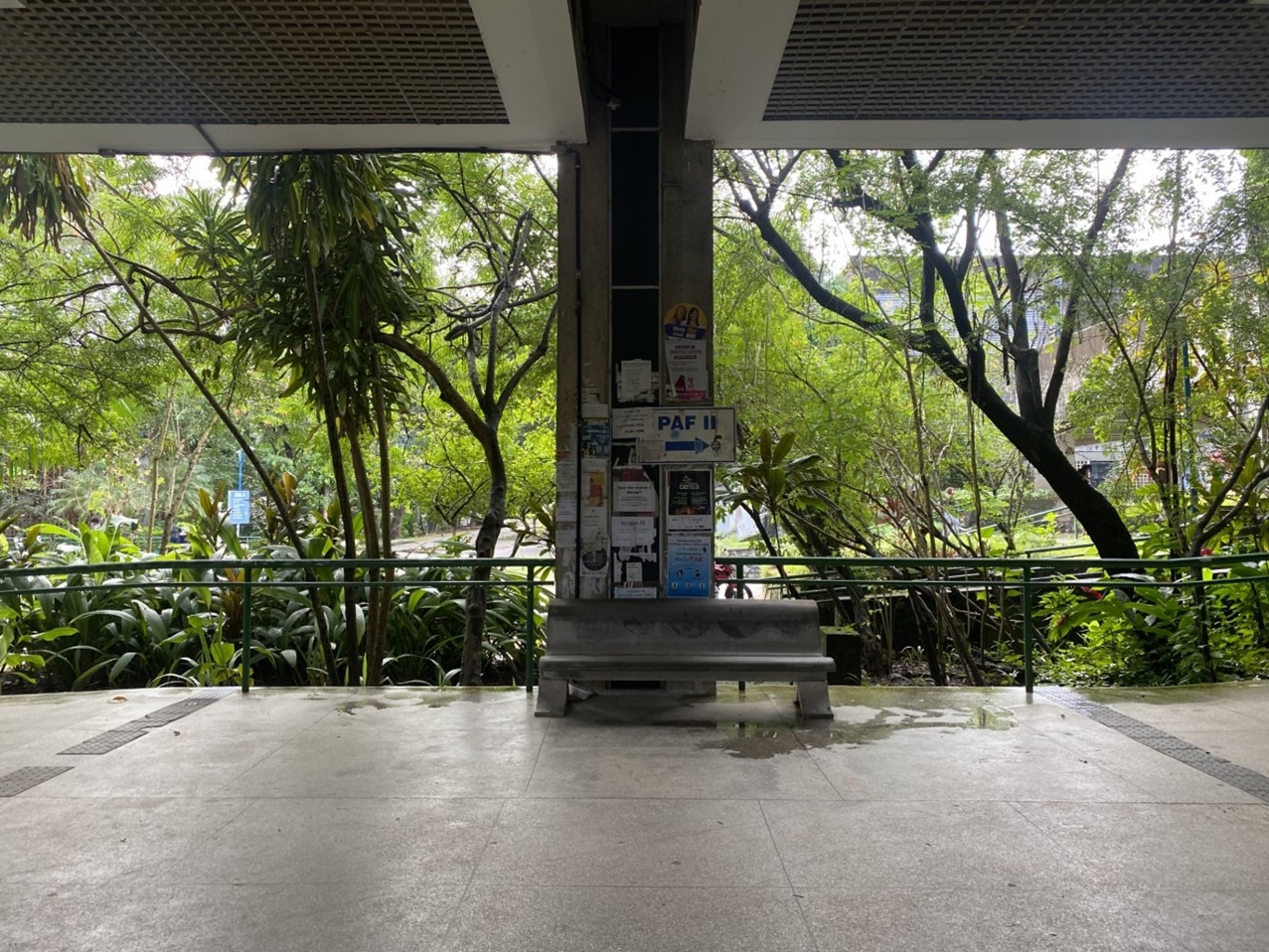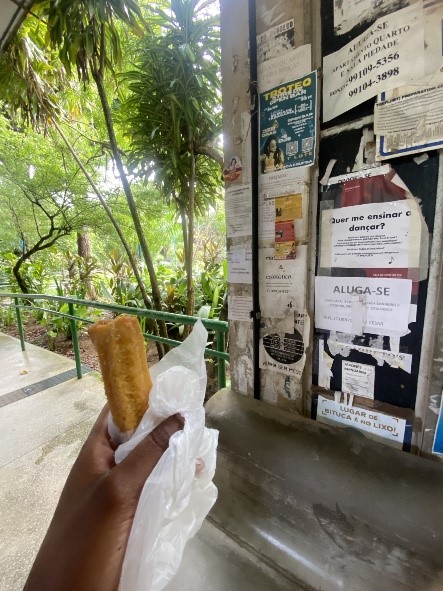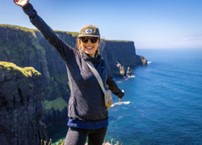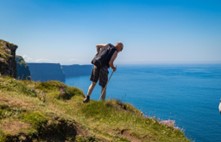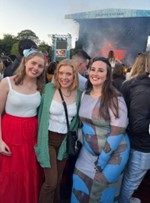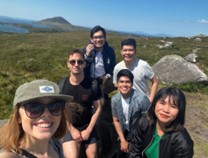About Me
Hello everyone! I’m Michelle, and I am a second-year MPH student in the Nutrition concentration. I’m originally from Houston and completed my B.S. in Nutrition with minors in Public Health and French in 2020 at Texas A&M University. Afterwards, I took a gap year in Dunkirk, France to work with a local NGO that provides aid to displaced people and refugees in northern France. Some of my public health interests include food insecurity, migrant health, and eating disorder treatment across minority populations.

About the Smart Family Life Planning in Action Project
This summer, I am doing my practicum with the Kenan Asia Foundation, an organization based in Bangkok, Thailand that provides educational programming and capacity building to marginalized communities across Thailand and Vietnam. The Smart Family Life Planning in Action project’s goals are to build local capacities for young women, work on high-level policies to support smart family life planning, and decrease the number of unplanned pregnancies in female factory employees and migrant workers. Given my interest and experience in working with refugee and migrant populations, this practicum seemed like the perfect opportunity to learn more about how different countries address concerns from their immigrant communities and the health disparities that exist among lower-income residents.
In Thailand, approximately 51% of pregnancies are unplanned, many due to the lack of sexual and reproductive health (SRH) education, stigma and attitudes toward SRH, and shortages in SRH services. The Kenan Foundation Asia hopes that through train-the-trainer programs, mobile outreach, and SRH education, young women in Thailand will be able to make more informed decisions about their future. One aspect that drew my attention to this project was how it wasn’t only focused on women who wanted children in the future, but rather women’s health as a whole. Meeting an individual where they’re at is crucial in community health work, and I admire how Kenan included all women in their intervention design.
As the project is still in its early stages, I am currently doing research on international best practices for capacity building in migrant and factory worker communities and mobile outreach and will later summarize my findings in a paper that includes recommendations on how we can reach our expected outcomes. I’ve really enjoyed my work so far; it’s interesting to learn about which methods the communities respond to well and which ones they don’t. Although having to find out how to apply these findings to the context of this project is a little daunting, I welcome the challenge and am eager to present them to my team.
The other component of my practicum is developing nutrition curriculum for the migrant women and female factory employees. I’m particularly excited to use what I’ve learned in my Nutrition Counseling, Communication, and Culture class I took my first semester at Gillings to create content that is culturally relevant and appropriate.
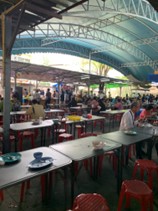
Work and Life in Bangkok
Although I’ve visited Thailand before with my family, working here in Bangkok has a completely different feel. The culture at Kenan is extremely welcoming, inclusive, and laid-back. My coworkers are passionate about their work, and I’ve had great conversations with them about life in Thailand and the U.S. Our high-rise office building is only steps away from a huge tented food hall that thrives off us employees grabbing meals to-go. Everyone works a hybrid-remote schedule, so I spend my days working from Bangkok’s endless number of coffeeshops when I’m not in office.
Living in Bangkok is synonymous with living in constant, insufferable heat. While I wouldn’t think twice about going on a 15-minute walk in Chapel Hill, the moment I step outside here, my sweat glands go into overdrive. It’s no wonder that, along with its intricate and beautiful temples, Bangkok also is famous for its multistory air-conditioned malls that serve as the city’s social and entertainment hubs. However, getting to live in the midst of Bangkok’s vibrancy and diversity makes enduring the weather well worth it. And if there’s one thing I’ve learned about life in Thailand, it’s that unless you’ve slurped down a big steaming bowl of noodle soup while sitting in a makeshift restaurant on the side of the road in 95-degree heat, you haven’t truly experienced living here.
– Michelle

